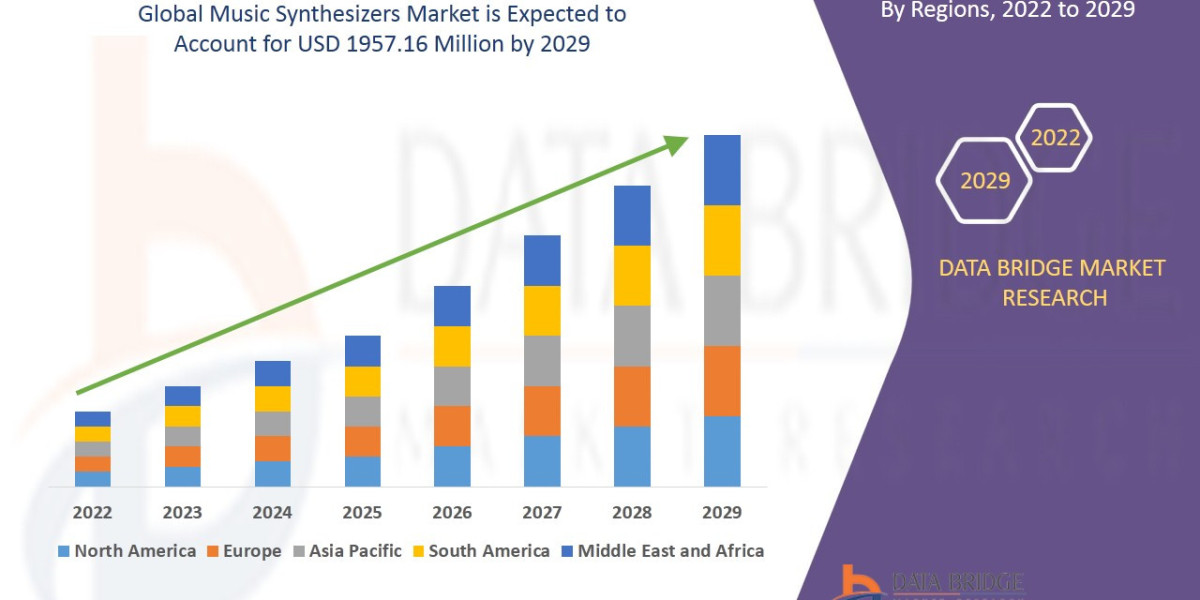Introduction:
As the digital marketing landscape shifts towards a cookieless future, advertisers face unprecedented challenges and opportunities. This blog will trace the trajectory of cookies, from their inception to becoming a bane due to privacy regulations like GDPR and CCPA. We’ll explore how browsers such as Firefox Safari, and soon Chrome, are phasing out cookies by 2024. Amidst this transformative landscape, we’ll delve into the role of Google Analytics 4 (GA4) in empowering marketers in the cookieless era.
As per Statista, in the fourth quarter of 2022, advertising technology companies publicly traded in the United States recorded an average year-on-year growth rate of 5.3%. During the presented period, the growth rate was the highest in the second quarter of 2021, when it stood at 48.5%.
The Rise and Fall of Cookies
The history of cookies began innocently as a tool for enhancing user experience but evolved into a privacy concern due to regulations like GDPR and CCPA. Browsers like Firefox and Safari took proactive steps to banish cookies, with Chrome slated to follow suit in 2024. GA4 emerged as a solution, aiding marketers in the cookieless paradigm.
Challenges in the Cookieless World
In a cookieless world, marketers grapple with challenges like data collection hurdles, disrupted retargeting efforts, and difficulties in executing targeted advertising. According to McKinsey, 41% of consumers oppose tracking cookies, underlining the growing importance of privacy in the digital landscape.
As per Statista, the share of businesses that were either accelerating their readiness for a cookieless future (59%) or keeping it a high priority worldwide as of November 2022 whereas 41% are not doing anything.
As per Statista, in a cookieless world, advertisers are trying to find alternative ways to measure the effectiveness of their targeted advertising. During a July 2020 survey, it was found that 44% of marketing decision-makers said that sales-lift research would become more important in determining the success of advertising efforts. Another 35% said the same about internal analytics and 31% believed that location-based attribution would gain importance in measuring ad effectiveness.
As per Statista, based on the research done in Feb 2023, issues that concerned advertisers and publishers in connection with third-party cookie deprecation worldwide was their ability to effectively target audiences their key issue of concern in the context of a cookieless future. The effectiveness and accuracy of their media mix modelling ranked third.
Alternative Strategies – 10 Best Practices | Opportunities in the cookieless world
a. Customer Data Platforms (CDPs):Centralize customer data for unified insights.
Example: Implementing a CDP helped XYZ Corp streamline data from various channels, improving campaign effectiveness.
b. First-Party Customer Data: Utilize market research and sponsored events for robust first-party data.
Conduct webinars, quizzes, and forms to gather customer insights, aligning with GDPR compliance.
c. Collaborative Partnerships: Foster partnerships between marketing companies and advertising agencies.
Examples: A German wholesaler collaborated with retailers to gather insights and boost sales collectively.
d. Leveraging Second-Party Data: Collaborate with industry leaders for high-quality data.
Insight: Partnering with leaders in the automotive industry enhanced our client’s targeting precision.
e. Dynamic Search Ads (DSAs): Capture trending keywords and boost impression share for Digital Ad campaigns like Dynamic Search Ads (DSAs).
Tip: Ensure website content is SEO-optimized for effective DSA campaigns.
f. Smart Shopping Campaigns: Utilize Google’s AI for optimal campaign placement.
Best Practice: Maintain a well-structured product feed for Smart Shopping Campaigns’ success.
g. Interactive Questionnaires: Engage customers with quizzes for zero-party data.
Example: A fitness brand used interactive questionnaires for personalized product recommendations.
h. Geo-Targeting: Leverage location-based data for personalized ad delivery.
Insight: Restaurants saw increased footfall by targeting ads based on users’ locations.
i. Behavioral Analytics: Analyze user behavior for targeted content delivery.
Example: Employ tools like Hotjar, Google 360, and Microsoft Clarity to understand user interactions and preferences.
j. Native Advertising: Seamlessly integrate ads into content for a non-intrusive experience.
Success Story: XYZ Company witnessed a 30% increase in click-through rates with native advertising.
Market Research for First-Party Data
To gather robust first-party data, diverse market research projects are essential:
· Surveys: Engage customers through surveys on preferences and experiences.
· Focus Groups: Conduct discussions to delve deeper into consumer perceptions.
· Social Media Listening: Analyze social media conversations for valuable insights.
· In-Store Observations: Gain on-the-ground insights through physical store observations.
· Competitor Analysis: Understand market positioning through comprehensive competitor studies.
Conclusion
In conclusion, the cookieless world is not a hindrance but an opportunity for marketers to reinvent strategies. By adopting the 10 best practices, advertisers can not only overcome challenges but also thrive in delivering personalized and impactful digital advertising experiences. The evolving landscape demands adaptability, and with the right approach, the future is promising.
The digital marketing realm is undergoing a transformative shift, but the principles of effective advertising remain constant. Navigating the cookieless world requires a blend of innovation, adaptability, and a deep understanding of consumer behavior. As marketers embrace change, they unlock new avenues for customer engagement, ensuring lasting success in the dynamic digital landscape.
Why Choose Robas Research
Robas Research stands as a beacon of excellence in market research, offering a proven track record of delivering invaluable insights. Through various case studies, we exemplify our commitment to providing tailored solutions that empower businesses. Here are six compelling examples:
CSAT Survey:
Challenge: A leading e-commerce client sought to enhance customer satisfaction but lacked specific insights.
Robas Approach: Conducted a comprehensive CSAT survey to gauge customer sentiments and identify pain points.
Outcome: The client witnessed a 20% improvement in customer satisfaction, leading to increased brand loyalty and repeat business.
TAM Study and Persona/Marketing Positioning Study:
Challenge: A tech startup needed to understand the Total Addressable Market (TAM) and refine their marketing strategy.
Robas Approach: Conducted a TAM study coupled with a detailed Persona/Marketing Positioning analysis.
Outcome: The startup identified niche markets, refined its messaging, and witnessed a 30% increase in market penetration.
Detailed User Study:
Challenge: A consumer goods company aimed to launch a new product but lacked insights into user preferences.
Robas Approach: Conducted detailed user studies, analyzing demographics, preferences, and psychographics from designing the research method, survey method, questionnaire design, data collection, execution, data analytics, reporting and presentation with recommendations.
Outcome: The company successfully tailored their product features, leading to a successful product launch and exceeding sales targets.
Brand Track Study:
Challenge: An established brand wanted to monitor brand perception and identify areas for improvement.
Robas Approach: Implemented a brand tracking study to measure brand awareness, perception, and loyalty.
Outcome: The brand made strategic adjustments based on insights, resulting in a 15% increase in brand affinity.
Syndicate Research Study:
Challenge: A consortium of companies sought collective insights to address industry challenges.
Robas Approach: Initiated a syndicate research study to gather shared insights and industry benchmarks.
Outcome: The participating companies utilized the findings to collectively address industry challenges, fostering collaboration and shared growth.
Custom Research Study:
Challenge: A multinational corporation faced a unique market entry challenge in a new region.
Robas Approach: Crafted a custom research study tailored to the client’s specific needs, combining qualitative and quantitative research methodologies.
Outcome: The client gained nuanced insights, allowing them to adapt their market entry strategy successfully, avoiding potential pitfalls.
Using the latest technologies AI, Metaverse Robas also performs data analysis, insightful presentation be it primary research, secondary research or online panel-based research.
These case studies reflect Robas Research’s versatility in addressing a spectrum of challenges across various industries. Our commitment to delivering actionable insights ensures that businesses not only navigate market complexities but also thrive in dynamic and competitive environments. Choose Robas Research for a strategic partner dedicated to unravelling the insights that matter most to your business success.
FAQs on Cookieless Advertising
i. What is cookieless marketing?
Cookieless marketing involves delivering targeted ads without relying on browser cookies.
ii. How does cookieless marketing work?
It utilizes alternative data sources and technologies to deliver personalized ads without tracking cookies.
iii. What is the future of cookieless advertising?
The future entails a shift toward privacy-centric, effective, and consent-driven advertising.
iv. What is the impact of cookieless advertising?
Cookieless advertising impacts data collection strategies but fosters greater user privacy.
v. How do you solve the cookieless world?
By adopting alternative strategies like CDPs, first-party data collection, and collaborative partnerships. Talk to Robas research to know more about it.







